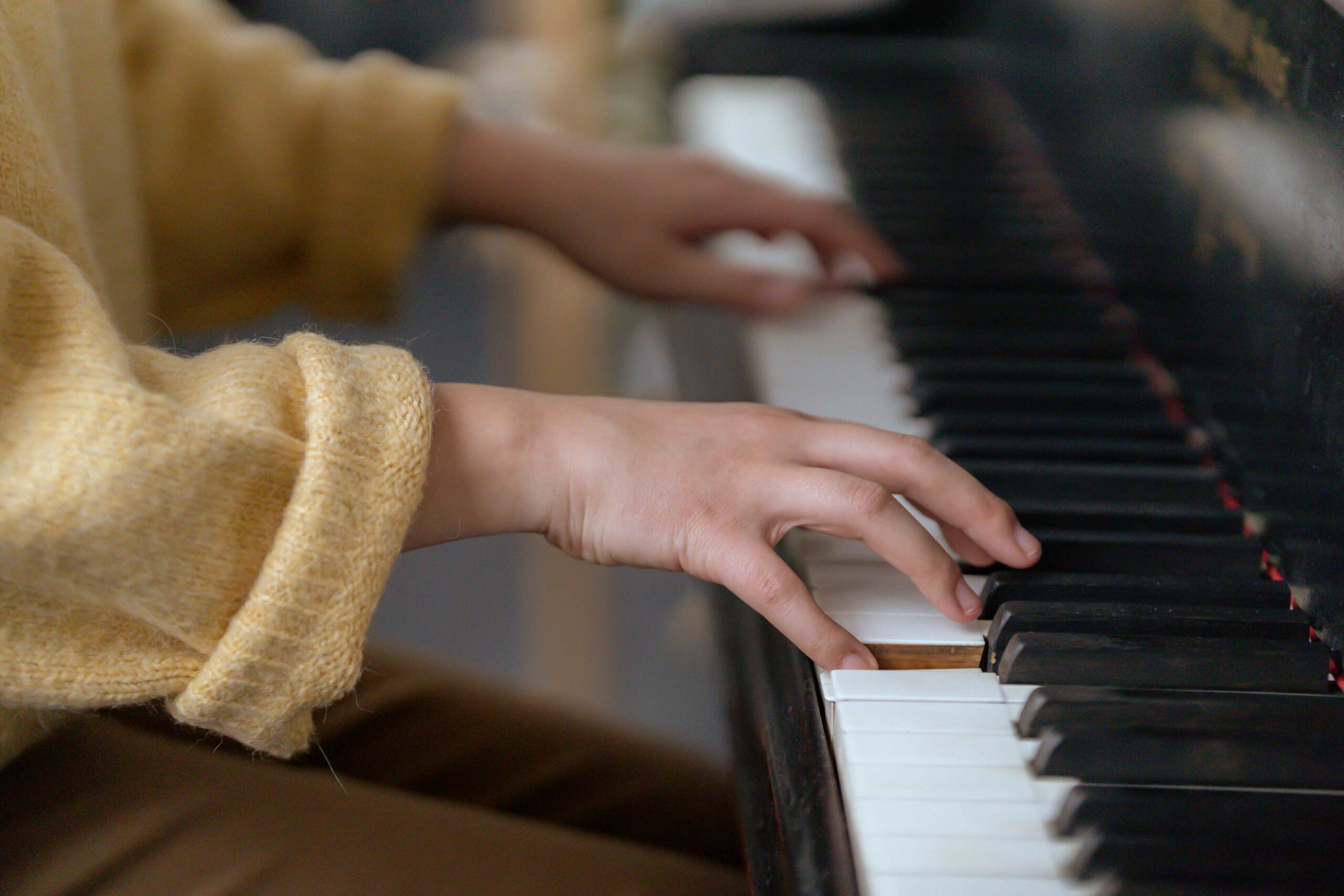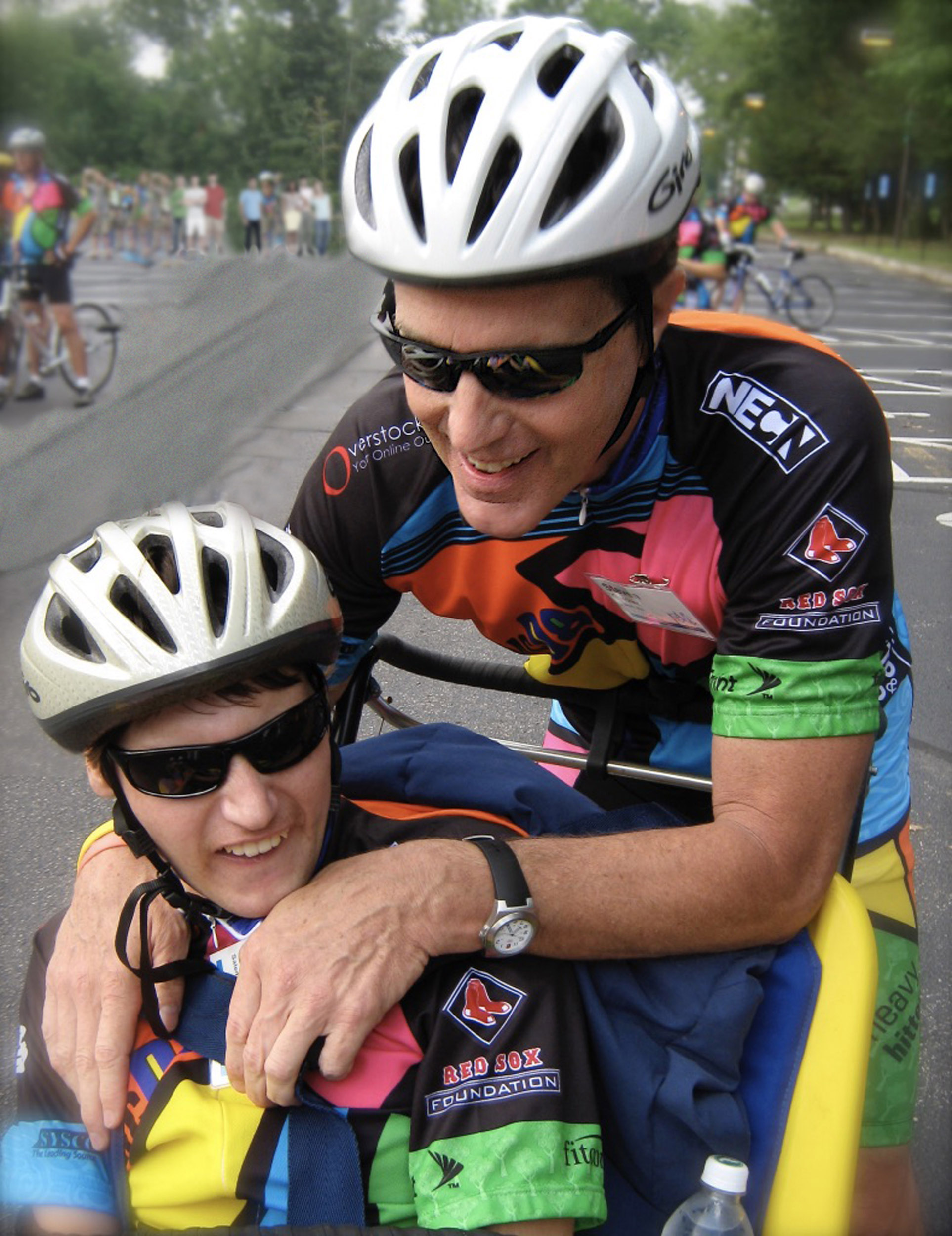On a crisp April morning, I positioned my 10-year-old son, Graham’s, wheelchair at the edge of the sidewalk near Wellesley College, about halfway between the quiet village of Hopkinton and the city of Boston. There was electricity in the air as playful students from the school loaded cups of water, bottles of Gatorade and orange wedges onto folding tables at the midpoint of the 26.2-mile course of the Boston Marathon. A few yellow daffodils and purple crocuses in flower beds behind us poked through lingering patches of dirty snow, a welcome coda to an interminable New England winter.
Like some 500,000 souls tired of being trapped indoors we’d ventured out in the still chilly air that day to celebrate the country’s oldest road race which, in our part of the world, is the quintessential harbinger of springtime.
Anticipation grew as we waited for the lead pack of world class runners to materialize over a small hill to our west. I had stood on that spot in previous years and knew that, in a minute or two, elite athletes from Kenya, Ethiopia, Japan and even an American or two would fly past us on feet that seemed to barely touch the pavement. Accompanying them would be an uninterrupted roar of passionate encouragement that would help propel them up Heartbreak Hill in Newton and on to the finish line at Copley Square.
News helicopters capturing video from the sky hovered above the lead pack that was still just out of our sight and the cheering swelled like an approaching windstorm. Suddenly, there they were — a dozen wafer-thin men in neon-colored shoes running astonishingly fast without apparent effort. And equally suddenly they were gone, disappearing eastward in a tight pack, followed by thousands of weekend warrior runners in ever-growing clusters that filled the entire width of Wellesley’s main street.
And then the real cheering began.
Something else was approaching from the west and the decibels that accompanied it were now in the rock concert range. Emerging over the little rise in the road, we saw what appeared to be a stocky middle-aged man pushing something. Moments later we realized that the something he pushed was a slender man seated in a racing wheelchair. We recognized then that the middle-aged man was Dick Hoyt and the person he was pushing was his son, Rick, who had spastic cerebral palsy. Over the years, the pair had become New England icons, eventually completing an astonishing 32 Boston Marathons together and becoming a beloved “institution within an institution,” as the Boston Globe put it.
The spectators’ exultant reaction to the Hoyts gave me goosebumps. On many faces in the crowd tears were visible. The site of Rick and Dick’s grit, determination and love had apparently stirred something profound in a half million people from diverse backgrounds.
About three months after we watched the Hoyts fly past us in Wellesley, Graham and I discovered a magical place called Camp Jabberwocky, a sleepover camp for kids and adults with disabilities on the storybook island of Martha’s Vineyard. Graham was accepted as a camper there and I finagled a position for myself as a camp doctor. Like Rick Hoyt, my son had spastic cerebral palsy and could not walk, feed himself without assistance or communicate conventionally.
In early July, as we settled into the playful rhythms of Jabberwocky, we met another astonishing father and son duo named Ross and Josh Lilley. With a small team of helpers from AccesSportAmerica, they had come to the island to introduce challenging water sports to Jabberwocky. Ross had always loved windsurfing and had been determined to find a way for his son, Josh, to enjoy it with him. The boy was about Graham’s age and his CP prevented him from standing by himself. But they had figured out a way for them to enjoy windsurfing on a special rig that improbably had a chair on it.
On a brilliant summer day at a coastal lagoon called Sengekontacket, Ross asked if I would like to take Graham out on the special windsurfer. My heart soared!
We strapped Graham into the seat, donned life vests and pushed off under the watchful eyes of Ross and his team. The wind was steady and the special board was stable. The water sparkled around us. As I stood, straddling Graham’s chair, arms wrapped around him, we tacked toward Edgartown for a while and then came about and rode the downwind leg back toward Farm Neck, on the Oak Bluffs side of the pond. As we glided through the calm water, Graham was able to place his hands over mine on the “boom” and experience the feeling of controlling our sail.
My son and I shared something sublime in those moments. The exquisite beauty of the setting, the warmth of the sun and the thrill of moving together over the water, powered only by the wind, combined to make it an indelible, transformative experience. On the lagoon that morning Graham and I discovered a breathtaking sense of freedom. We were proud to have participated in a challenging sport and we sensed that we had moved in harmony with a stunning sliver of the natural world.
Thanks to pioneers like the Hoyts and the Lilleys, my son and I experienced skiing, kayaking and biking together, sports that would have been impossible for us to enjoy just a few years earlier. Adaptive sports have liberated thousands of people with disabilities from the confines of hospital wards and clinics and from the boundaries of their own homes. Outdoors, in the light of day, many of these spirited people discover a precious sense of freedom that might have seemed forever lost.
Many — perhaps most — of the runners and wheelchair athletes in the Boston Marathon and similar events are motivated by love. These non-elite athletes are typically participating to honor the courage of someone else who is facing adversity or to honor the memory of someone who faced adversity with grace and dignity.
Up to a half million people along the Boston Marathon route cheer passionately for these people, as they did for more than three decades for Rick and Dick Hoyt, who just passed away at age 80. What is it that inspires such an outpouring of intense emotion in all those people whose eyes well up when they watch total strangers passing by on a chilly spring day?
Perhaps what moves them is as simple as witnessing the power of love. Isn’t it love that motivated Rick and Dick Hoyt and Josh and Ross Lilley to attempt what seemed initially impossible? Isn’t love the thing that thrills us when we see people with challenges striving to reach their highest potential? Isn’t it love that unites half a million people, if only for a day, into a single community in which — in the words of Ross Lilley — “our differences are diminished, blurred and even erased?”

About the Writer
Jabberwockybook.com
Steven Gardner
Dr. Steven Gardner is an internist at Massachusetts General Hospital, Assistant Professor of Medicine at Harvard Medical School and past Medical Director of the Massachusetts Special Olympics. He is a past winner of the Harvard Medical School Humanism in Medicine Award. Steven is a prominent photographer whose images focus on the resilience of people facing adversity and the compassion of caregivers. His work has been exhibited in Boston and Martha’s Vineyard, where he is a volunteer physician at Camp Jabberwocky, the location and inspiration for many of the stories in his book, Jabberwocky: Lessons of Love from a Boy Who Never Spoke (Made for Success Publishing, April 27, 2021)








